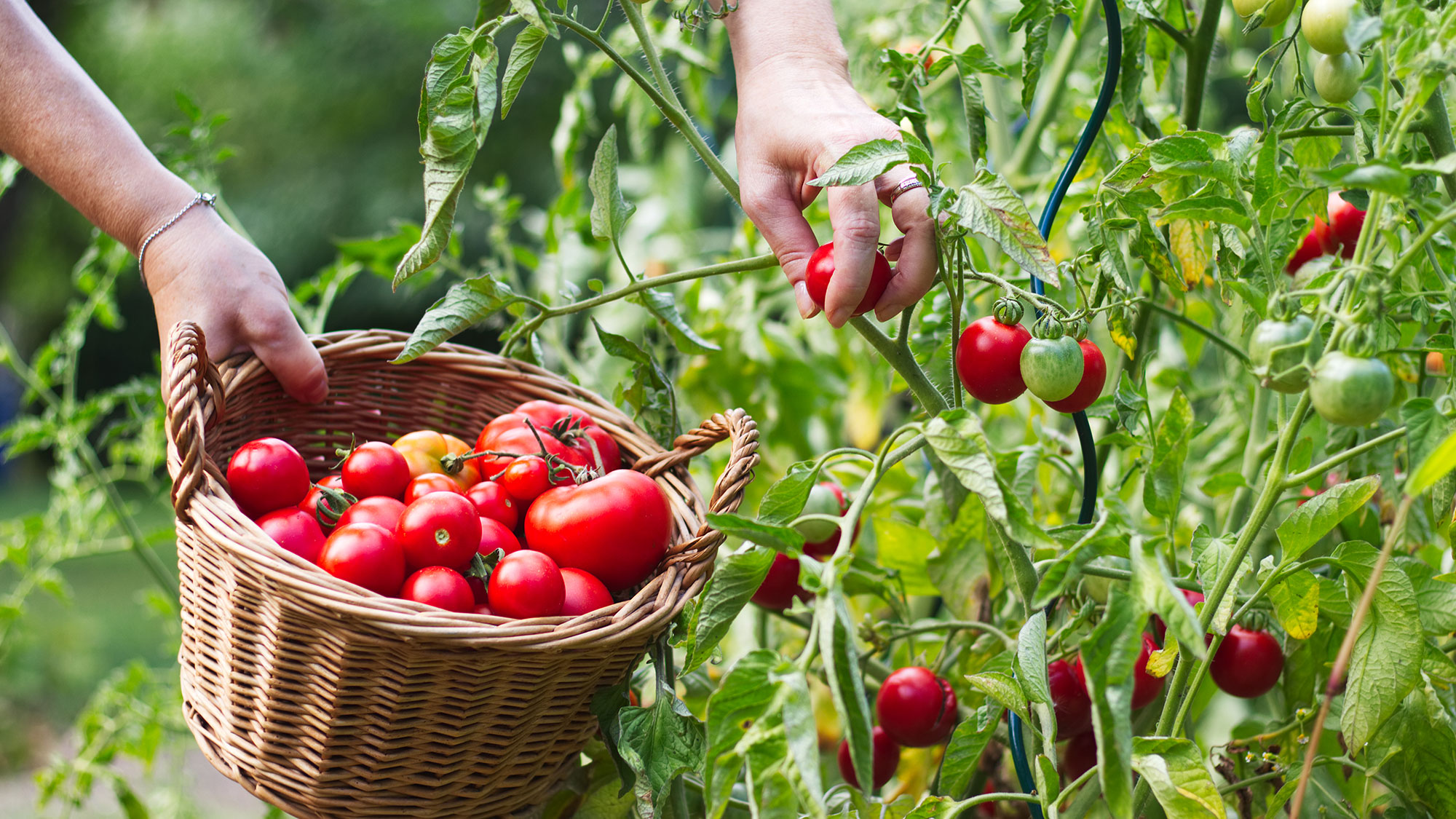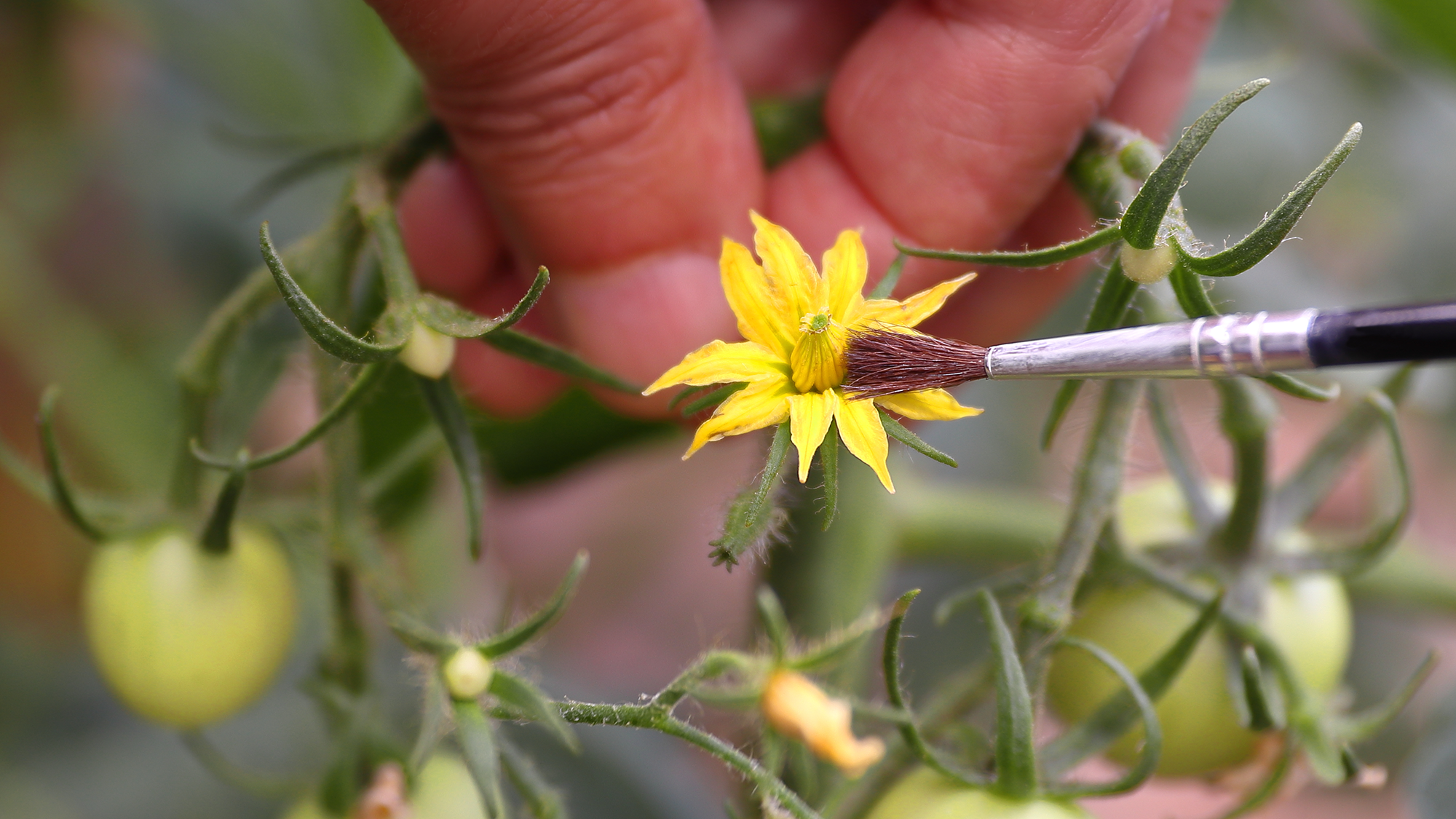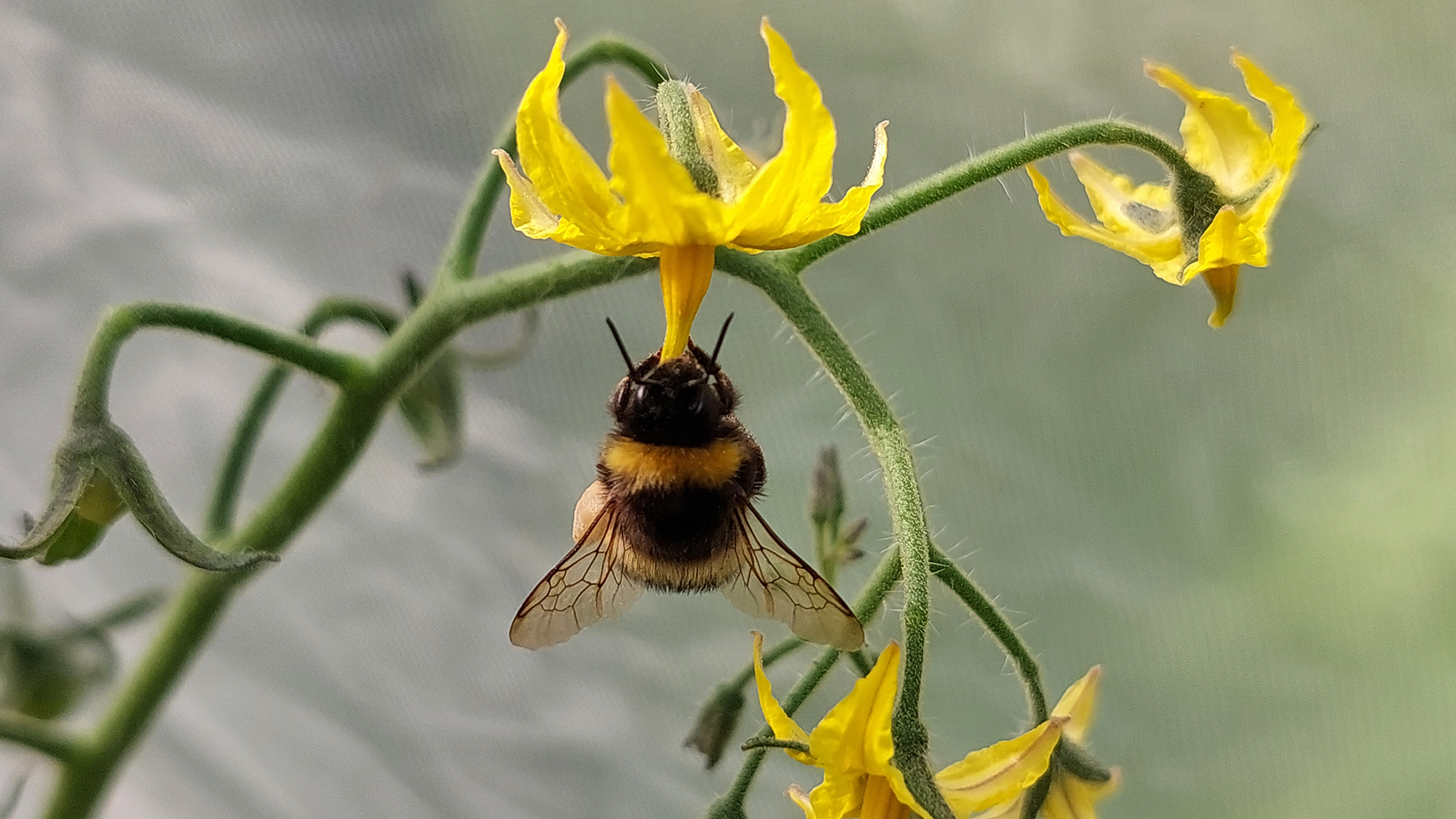
Homegrown tomatoes are my favorite crop to grow. Nothing tastes better than the taste of a ripe tomato picked fresh from your own vines. What’s more, if you do grow your own tomatoes in your yard, there’s one clever trick that can help you increase your yield to give you a plentiful crop at harvest time, and it’s all in a tickle.
That's right, this tomato-growing hack is called the ‘tomato tickle’ and it can be used when your tomatoes need a helping hand to pollinate. So, even when your tomato plants are receiving plenty of sunshine and water, they still might not produce fruits if pollination has been unsuccessful. It's here that the ‘tomato tickle’ steps in and mimics nature.
Help your tomatoes pollinate

Tomato plants are self-pollinating, meaning they contain both male and female reproductive parts within each flower. The wind and bees will usually be enough to transfer the pollen from the male part of the tomato flower, known as the anthers, to the female part, the stigma. However, when this doesn’t happen, even a healthy tomato plant won’t produce fruits.
This is where you step in with the ‘tickle trick’. By taking the place of nature, you can pollinate the flowers and get your tomato plants back on track to produce a healthy harvest.
How to perform the ‘tomato tickle’ trick

The ‘tickle trick’ is one method for artificially pollinating your tomato flowers. Firstly, take a small, soft paintbrush (make sure it’s clean), and gently ‘tickle’ the inside of the flower. Then, move on to the next flower. By doing this, you’ll be transferring the anthers of one flower to the stigma of another flower.
When is the best time to pollinate your tomatoes?
You can start using the ‘tickle trick’ just as soon as the tomato plants begin to flower, and the best time to pollinate them is between 10am-4pm on a warm, sunny day. You can also repeat the process several times to ensure successful pollination.
Other methods to pollinate tomatoes

Apart from using the ‘tickle trick’ you can also pollinate your tomatoes in other ways.
Shake
Gently shake the stem of the tomato plant directly below the flower — this mimics how either the wind or bees would pollinate your tomato.
Tap the flower
Similar to the shake method above, you can also tap the flower to transfer the pollen. Simply use your finger or a narrow implement, such as a pencil.
Electric toothbrush
It might seem odd, but many tomato growers use an electric toothbrush to mimic natural pollination. The vibrating bristles dislodge the pollen, enabling the transfer from the male to female parts.
Bring in the bees
Another way to encourage your tomato plants to pollinate is to encourage nature to do its work by attracting more bees into your backyard with plants that attract butterflies and other pollinators.







